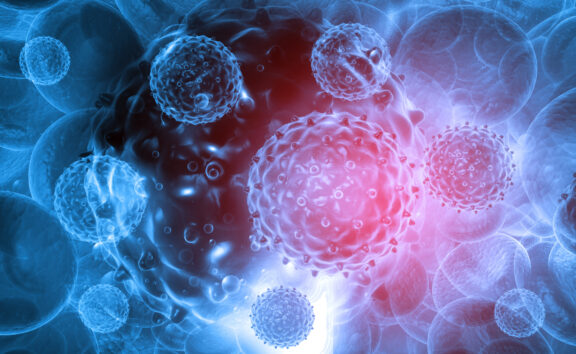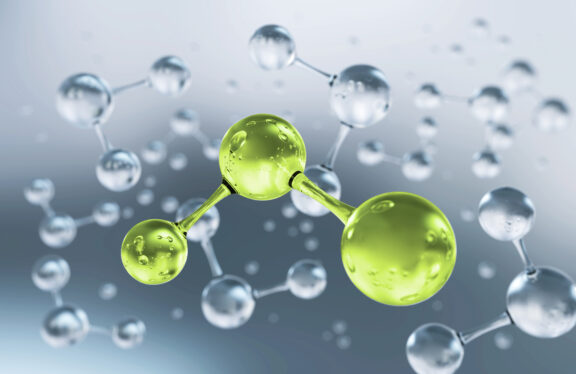Stay updated with the latest news from Tristel, including company announcements, new products and industry insights to keep you connected to the healthcare community and beyond.
We’ve passed EN 17846!
What is EN 17846 and why is it important? EN 17846 is a European Standard that specifies the test method and requirements for evaluating the sporicidal activity of chemical disinfectant […]
Learn moreUnder the Microscope – HPV
Human papillomaviruses (HPV) are small, non-enveloped DNA viruses that cause a range of diseases from benign warts to threatening cancers. There are over 200 different types of HPV. They are […]
Learn moreWebinar: Antimicrobial Resistance (AMR)
Antimicrobial resistance (AMR) is a growing global threat, driven by the overuse of antibiotics and disinfectants. This webinar explores resistance mechanisms, cross-resistance risks, and the role of proactive disinfection. Gain […]
Learn moreThe Fight Against Antimicrobial Resistance: Disinfect Responsibly
Fighting antimicrobial resistance (AMR) is critical for our global health. This article highlights the importance of implementing effective disinfection practices to prevent the spread of resistant bacteria. Discover how innovative […]
Learn moreComparing Disinfectants: Alcohol, QACs, and Chlorine Dioxide
When selecting a disinfectant for healthcare or industrial settings, it’s crucial to understand the strengths and weaknesses of each option. Below is a comparison of 70% Alcohol, Quaternary Ammonium Compounds […]
Learn moreReusable daisygrip Tourniquets: Their Impact on Patients, Planet and Public Purse
Sandwell and West Birmingham NHS Trust has initiated a transition from single-use to daisygrip, a reusable tourniquets, evaluating the impact on patients, the environment, and healthcare costs. Read Full Article […]
Learn moreUnder the Microscope – Mpox
Mpox (formerly Monkeypox) is a rare zoonotic disease originally transmitted to humans from animals and caused by the enveloped Monkeypox virus. It is regarded as the most important orthopoxvirus infection […]
Learn moreNavigating the Shadows – Understanding Six Uncertainties with UV-C Technologies
Learn moreReusable Daisygrip Tourniquets: A Sustainable Shift for Mid Yorkshire Teaching NHS Trust
The Mid Yorkshire Teaching NHS Trust has made a significant move towards sustainability by reintroducing reusable tourniquets, aiming to reduce waste, lower carbon emissions, and save costs. Here’s a look […]
Learn moreUnder the Microscope – Candida auris in Focus
Candida auris (C. auris) is a rapidly emerging pathogenic yeast. Individuals who have recently stayed in nursing homes and have lines and tubes that go into their body (such as […]
Learn moreDestroy SARS-CoV-2 in 30 seconds with Tristel Chlorine Dioxide
Why is effective medical device decontamination vital in the fight against SARS-CoV-2? Since the outbreak of SARS-CoV-2 there have been huge advances in our understanding of how the virus is […]
Learn moreThe Importance of High-Level Disinfection on Transvaginal Ultrasound (TVUS) Probes
What are TVUS probes? TVUS probes are pelvic ultrasound devices that use high-frequency sound waves for the creation of images1. TVUS probes enable examinations of female reproductive organs such as […]
Learn more










